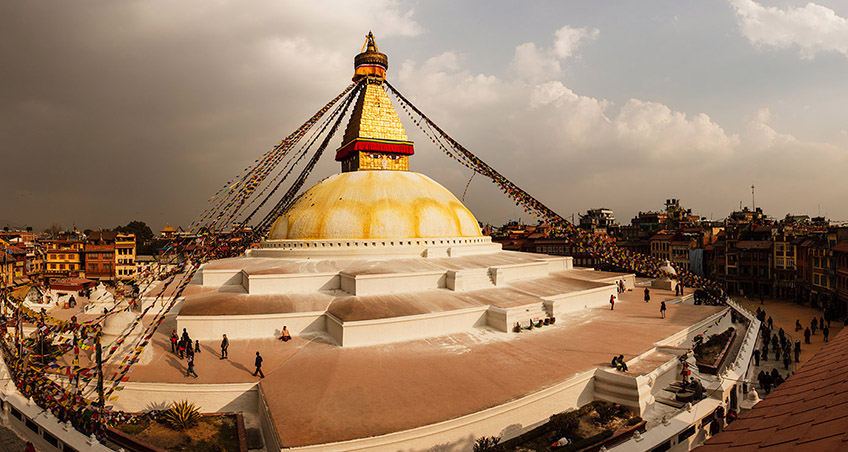Nepalese Arts and Culture
September 11, 2016 admin

“The aim of art is to represent not the outward appearance of things, but their inward significance.”
Nepal is a small but a beautiful landlocked country rich in its culture, natural beauties, people, places and so on which is located in South Asia. It’s tucked at the base of the Himalayas between two bigger countries China and India. Conceivably Nepal is most popular for being the country with the highest mountain in the world but beside that this small and diverse country offers a bevy of religious, spiritual and cultural experiences. Read on to discover the wealth of opportunities that will enrich your mind, body and spirit in beautiful Nepal.
Nepal is mostly reined over by two supreme cultures and religion. Buddhism and Hinduism have the major roles in determining the arts and culture all over Nepal. The 2 have coexisted throughout Nepal’s tumultuous past and many Hindu temples are located on the same grounds as Buddhist shrines. The intermingling of Hindu and Buddhist beliefs is mainly due to the common worship of similar deities. However, Hinduism is the main religion of Nepal and Shiva is regarded as the country’s guardian deity. The Pashupatinath Temple is the largest Shiva temple in the world, located in Deopatan, a small town just northwest of Katmandu. Note to travelers: The temple is barred to non-Hindus, but a view of the inner courtyard is available from the Shleshmantak hill on the eastern bank of the Bagmati River.
Many different ethnic groups coexist in Nepal, each with their own complex customs. In the Kathmandu Valley, where they mix the most, there’s a high degree of tolerance of different clothes and lifestyles, a fact that travelers sense, and often abuse. Away from the tourist areas, however, ethnic groups are quite parochial, and foreign ways may cause offence. That said, many taboos relax the further and higher you head into the mountains, as Hindu behavioral norms are only partially shared by Buddhist and animist ethnic groups.
In Nepal, art is traditional and largely religious in nature, with Hindu and Buddhist imagery dominant. As in India, artists were part of a guild structure; the discovery of several artists’ sketchbooks has shed fascinating light on the process of imagery. Mainly two types of arts consist in Nepalese traditions which are Graphic Arts and Performance Arts.
#Graphic Arts- Much of Nepali art is religious. Newari artisans create cast-bronze statuary of Buddhist and Hindu deities as well as intricately painted tangkas that describe Buddhist cosmology. The creation and contemplation of such art constitutes a religious act.
#Performance Arts- Dramatic productions often focus on religious themes drawn from Hindu epics, although political satire and other comedic forms are also popular. There is a rich musical heritage, with a number of distinctive instruments and vocal styles, and music has become an marker of identity for the younger generation. Older people prefer folk and religious music; younger people, especially in urban areas, are attracted to romantic and experimental film music as well as fusions of Western and Asian genres.
Although Nepalese Arts and Culture vary differently, they all are basically rooted to the ancient ways of our ancestors who reside in those arts and cultures. Our art and culture depict our historical background and make us unique above all other else. We keep these arts and culture safe as to preserve our Nation’s dignity and history. Nepal is truly a country full of many hidden gems but the most precious ones are our arts and culture who define us and separate us from the world by making us unique among other nations with our own arts and cultures.










